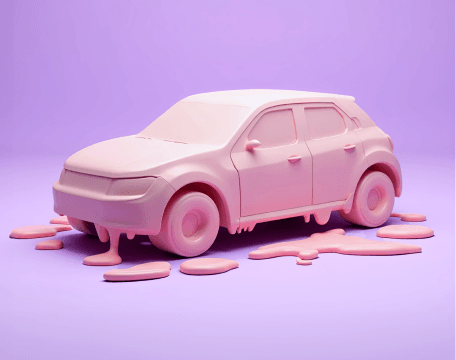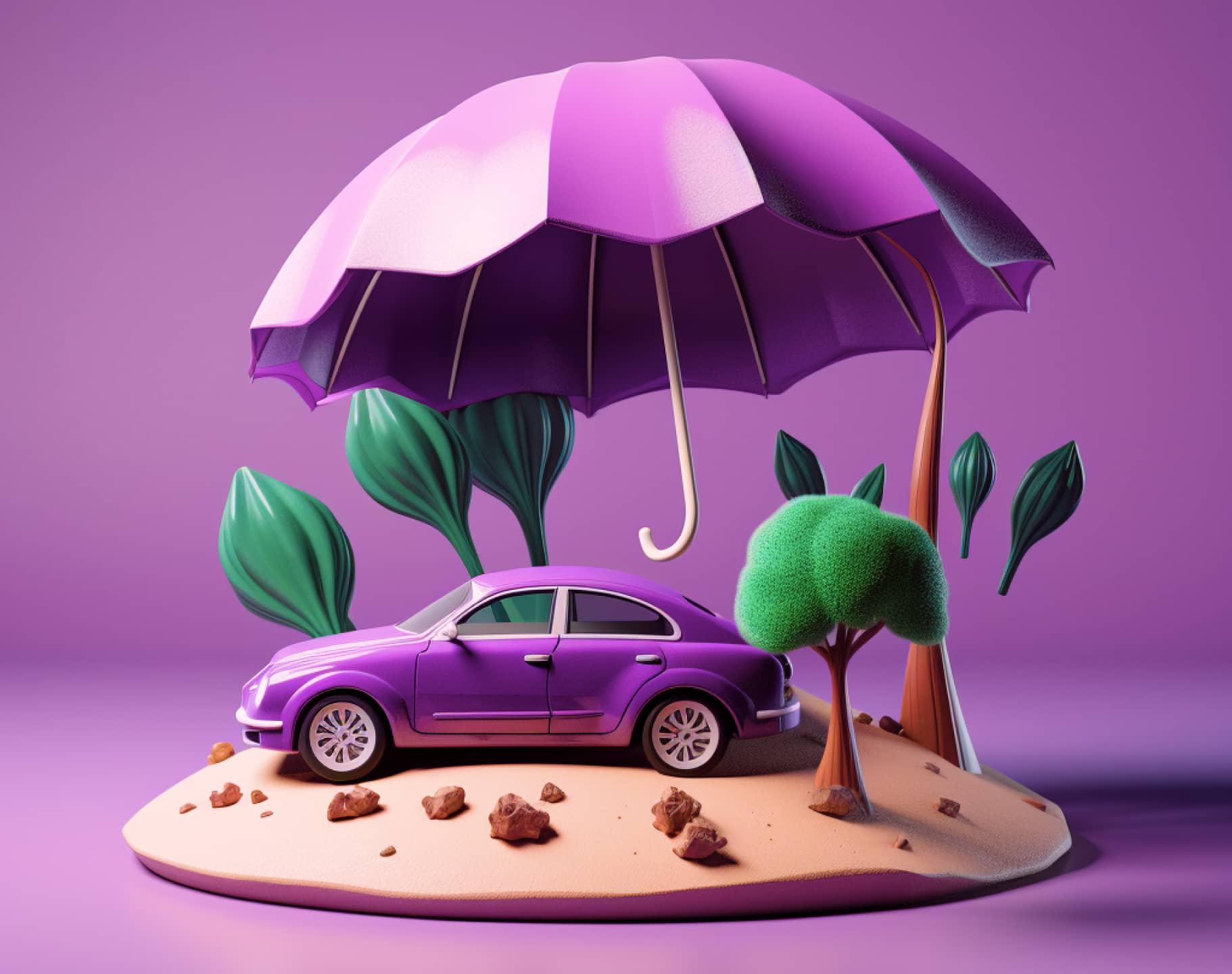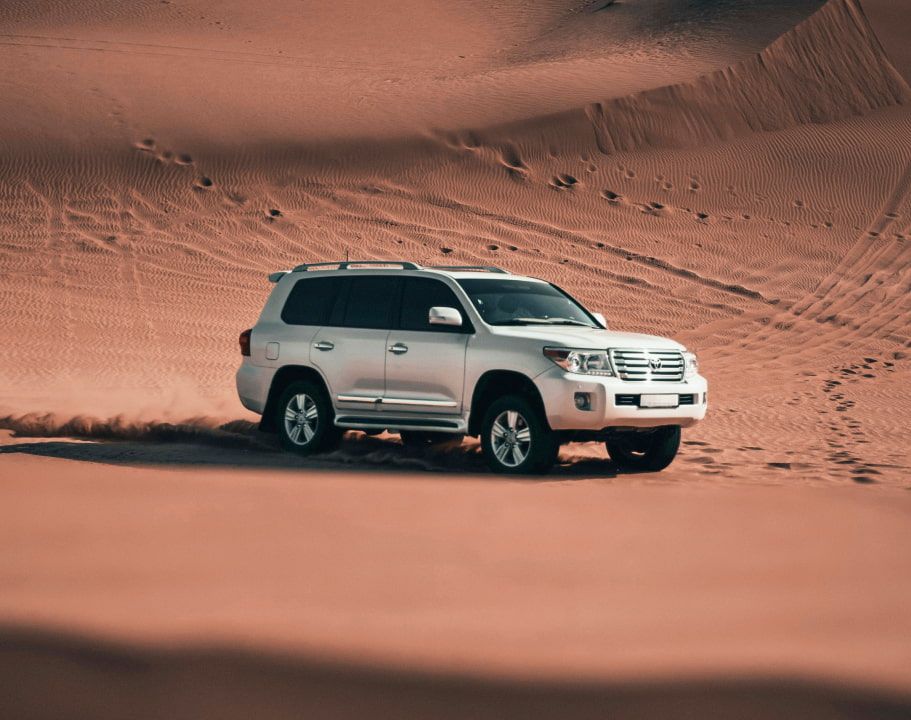Maintaining your car in Qatar can be a tricky task: sandstorms are normal for local weather, dust is a common problem in a dry climate, and the extreme sun exposure is almost unavoidable. You have to take into account these challenges and take preemptive measures, unless you’d rather spend your vacation money on repairs. With these tips, you won’t be able to fight nature, but you can definitely minimize its damage!
Preventing sun damage
Park in the shade
Avoiding direct sunlight is the best possible strategy to protect your car from the sun, at least when you’re not driving it. It feels self-explanatory, but let’s elaborate on this: no contact with the sun means no UV damage to the car paint’s chemical structure. And that damage can lead to the color fading, peeling, or cracking.
Cover the car
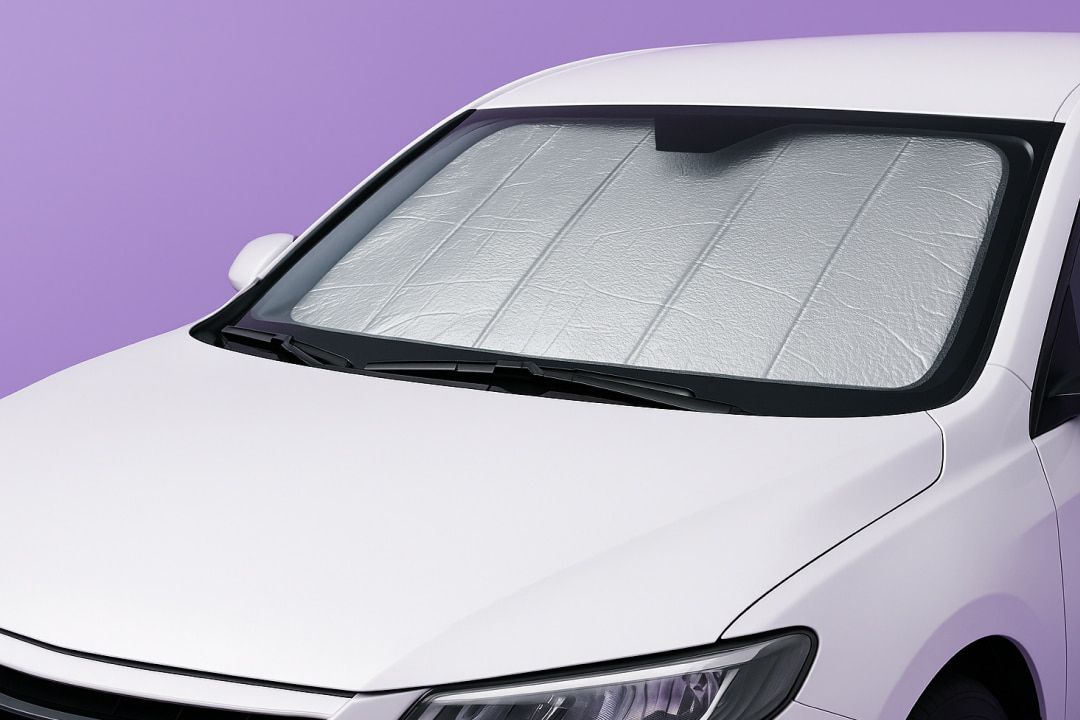
If leaving your car in the shade is not an option, at least you can create the shade manually by covering your vehicle. A high-quality car cover not only absorbs UV rays, but it also helps to keep your car cooler. Furthermore, it protects the car from scratches, bird droppings, and other little incidents.
Use ceramic coating
Making a protective layer is an effective way to screen your car paint from UV exposure and oxidation. Ceramic coating (usually silica-based) creates a durable, waterproof, and chemical-resistant layer. It also gives your car a nice, glossy look and protection from light marks and scratches. Ceramic coating can be arranged on its own or as part of car detailing.
Wax the car regularly
Waxing the car can be viewed as a cheaper but less reliable alternative to ceramic coating. Though it does the same — creating a protective layer — and you can apply it without special tools, it certainly does not match ceramic coating when it comes to durability (months for wax, years in case of ceramics). But, it’s a quick option you can repeat every two months.
Tint the windows
Giving your vehicle a “pair of dark glasses" is not a fashion statement: good window tinting can block UV rays almost entirely. This way, you can protect the interior of your car from fading. And it’s good for both the vehicle and the passengers — protecting their skin, especially during extreme UV exposure, is just what your dermatologist ordered.
Use the shades
Quite a simple and rather cheap method in case you don’t want to tint your windows. You can also combine it with tinting for extra protection. The windshield sun shades protect the car interior from overheating, which is especially important for the wheel and electronics.
Cover the seats
Opt for UV-resistant materials like neoprene, polyester, or heavy-duty canvas for your seat covers to ensure you’re protecting the upholstery from any sun damage. Each material has its extra benefits: neoprene is durable, while polyester is waterproof. Another bonus — you can customize your seat covers to change the color and the feel of your car interior.
Check the tire pressure
Hot asphalt heats the air in your car’s tires and increases the pressure. This can cause the tire to wear off faster, or even blow out. So it’s important to check the tire pressure from time to time to neutralize possible damage and decrease the chance of accidents.
💡 Learn more
If you want to speed up scheduling and find reliable providers, try QIC App. In just a few taps, you can arrange:
-
Detailing
-
Ceramic coating
-
AC services
-
Wash
-
Window tinting
-
Interior protection
Dealing with excessive dust
Wash regularly
Dust buildup can cause extensive damage to the paint, reduce visibility, and even lower the engine performance. This can all be prevented by regularly washing your car.
If you’re doing that by yourself, remember to rinse off the loose dirt before cleaning. You can use one bucket for soapy water and the other for clean water to speed up the process. Moreover, always opt for a microfiber cloth: it provides a detailed but gentle clean, protecting the paint.
Or, if you want to save time, simply schedule a wash with a trusted provider.
Use anti-static products and dust repellents
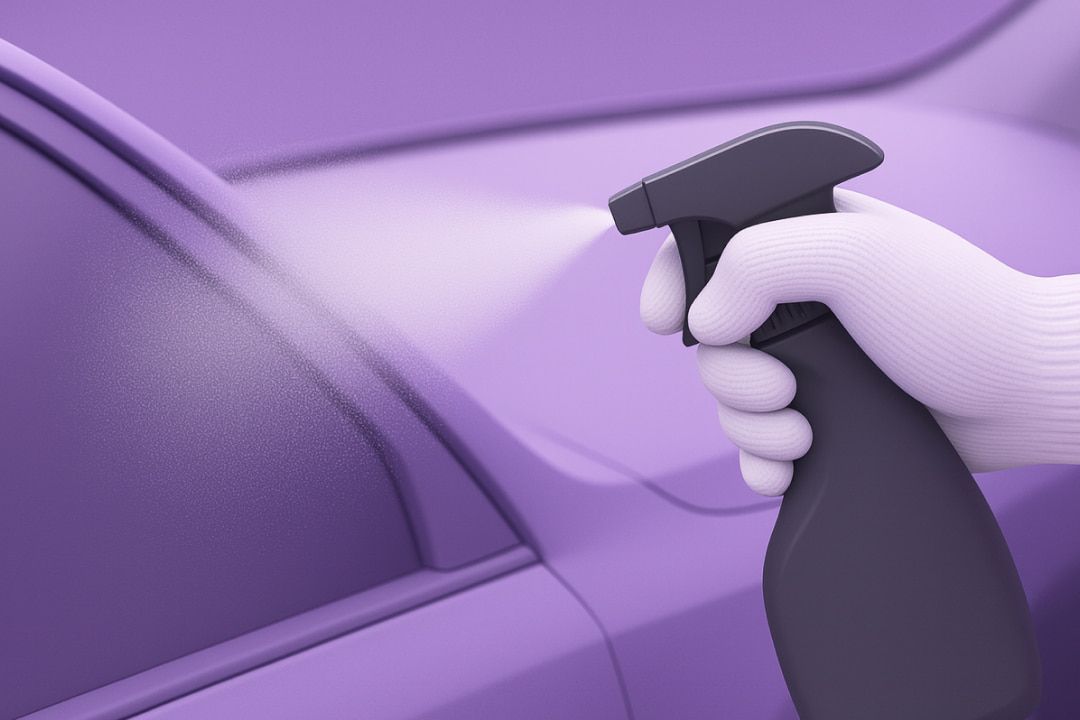
Anti-static products are usually applied between washes to clean the surface. They include: quick detailers removing the contaminants, sprays repelling dust, car waxes and sealants reducing dust attraction, and surface protectors preventing dust from settling. You should have at least one dust repellent designed for the vehicle exterior and one interior detailer.
Change the cabin air filter
Your car’s HVAC system is key to keeping your vehicle cool and comfortable. To keep it functional and clean, change a cabin air filter every 25,000 km or once a year. Also, use the air-recirculating function instead of drawing outside air. And naturally, A/C servicing and repair are especially important in the dusty regions of Qatar.
Regularly vacuum the interior
A portable vacuum cleaner can help you gather dust from the hard-to-reach areas (for example, under the seats) — and that’s exactly where dust tends to reside. Don’t forget to vacuum the trunk. For more thorough cleaning, use crevice cleaning brushes and tools.
Check the door and window seals
Make sure the seals are in good condition — no cracks, gaps, or material crumbling. If they aren’t, dust can creep inside the car.
Use covers, waxing, and ceramic coating
Covers not only block the UV, but they also protect from dust. Seat and car covers are usually good for machine washing — don’t hesitate to clean them regularly. Moreover, ceramic coating and waxing processes contain anti-static elements that come in handy when you need to protect your car from dust.
Protecting car from sand
Use floor mats
Mats are a simple but effective way to protect your car interior from sand damage. They catch the sand, thus preventing it from spreading onto the carpets. However, remember to clean them regularly, and if you are a frequent off-roader, consider investing in professional interior protection for your upholstery.
Remove the sand as soon as possible
This is the key to your fight with the sand: you have to act quickly. If sand isn’t removed from the car soon enough, it will be much harder to get rid of it, as it will get into hard-to-reach places. In case you’re worried you won’t be able to remove everything, you can always get your car professionally detailed.
Clean the wheel
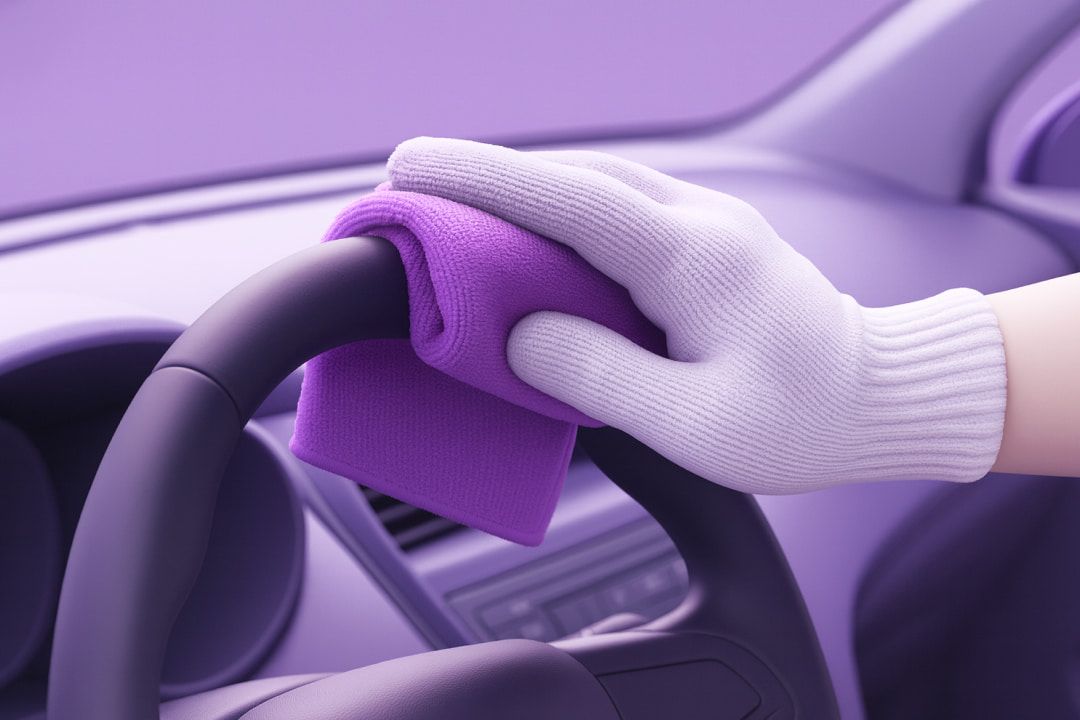 Wheels absorb sand easily, which can cause long-term problems such as abrasive wear, reduced traction, and damage to bearings. Every couple of weeks, go over the wheel with a damp cloth and then dry it fully with a tissue or another cloth.
Wheels absorb sand easily, which can cause long-term problems such as abrasive wear, reduced traction, and damage to bearings. Every couple of weeks, go over the wheel with a damp cloth and then dry it fully with a tissue or another cloth.



